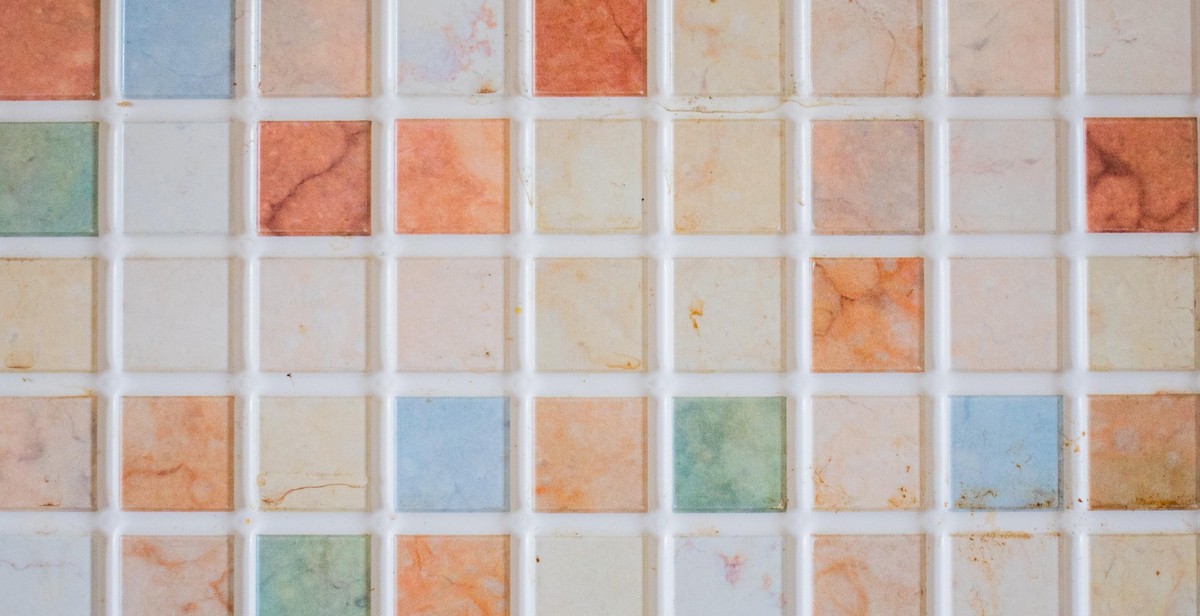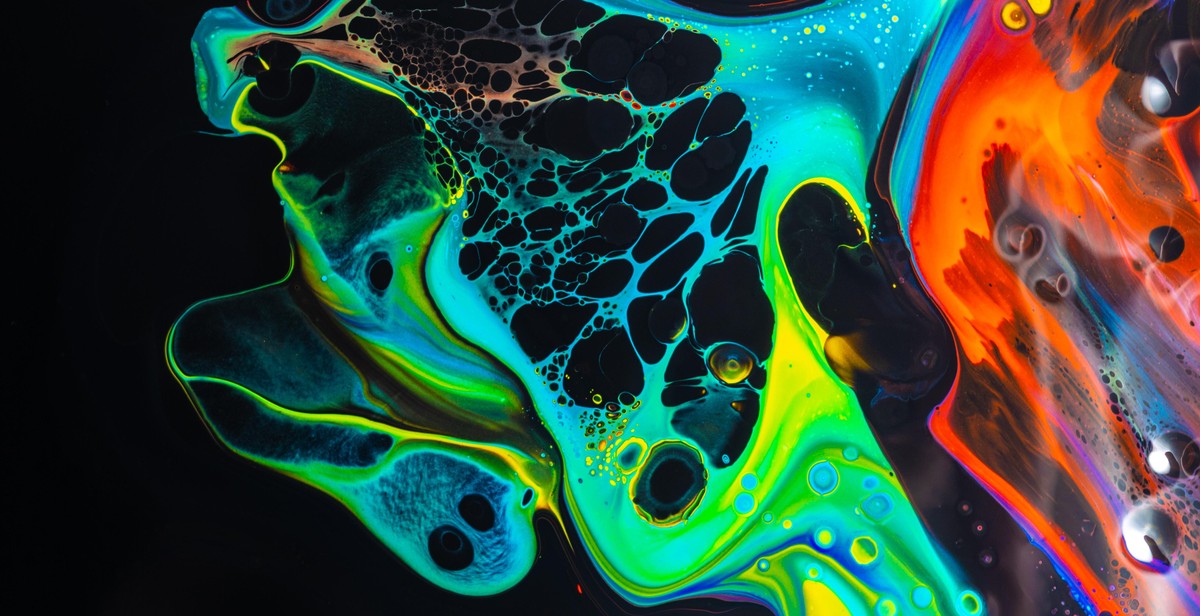How to Incorporate Color in Graphic Design: Creating Impactful Visuals
Color is an integral part of graphic design. It is a powerful tool that can evoke emotions, convey messages, and create a lasting impact on the audience. When used effectively, colors can help create a strong brand identity and establish a connection with the target audience.
Color psychology plays a crucial role in graphic design. Different colors can have different meanings and associations, and understanding these can help designers choose the right colors for their projects. For example, red is often associated with passion and energy, while blue is associated with trust and reliability.
Incorporating color in graphic design requires a thoughtful and strategic approach. Designers need to consider factors such as the brand identity, target audience, and the message they want to convey. They also need to ensure that the colors they choose are consistent across all mediums, including print and digital.
This article will explore various techniques for incorporating color in graphic design and creating impactful visuals. We will discuss color theory, color psychology, and practical tips for choosing and using colors effectively. By the end of this article, you will have a better understanding of how to use color to create visually stunning and effective designs.

Understanding Color Theory
Color theory is the foundation of graphic design. It is the art and science of combining colors to create visually appealing designs. Understanding color theory is essential for creating impactful visuals that communicate the intended message effectively.
Primary, Secondary, and Tertiary Colors
There are three primary colors: red, blue, and yellow. These colors cannot be created by mixing other colors. Secondary colors are created by mixing two primary colors. The three secondary colors are green (blue + yellow), orange (red + yellow), and purple (red + blue). Tertiary colors are created by mixing a primary color with a secondary color. For example, yellow-green is a tertiary color created by mixing yellow (primary) and green (secondary).
Color Harmonies
Color harmonies are combinations of colors that are aesthetically pleasing to the eye. There are several types of color harmonies:
- Complementary: Colors that are opposite each other on the color wheel, such as red and green.
- Analogous: Colors that are adjacent to each other on the color wheel, such as blue and green.
- Triadic: Three colors that are evenly spaced on the color wheel, such as red, blue, and yellow.
- Tetradic: Four colors that are two sets of complementary colors, such as red and green, and blue and orange.
Color Psychology
Colors can evoke emotions and convey messages. Understanding color psychology is essential for creating designs that communicate the intended message effectively. Here are some common associations with colors:
| Color | Association |
|---|---|
| Red | Passion, energy, danger |
| Orange | Friendly, playful, energetic |
| Yellow | Optimism, happiness, caution |
| Green | Growth, balance, nature |
| Blue | Trust, calmness, sadness |
| Purple | Royalty, luxury, creativity |
| Black | Mystery, elegance, power |
| White | Cleanliness, purity, simplicity |

Choosing a Color Palette
Choosing the right color palette is crucial when creating impactful visuals in graphic design. Here are some factors to consider when selecting a color palette:
Consider the Brand or Message
The color palette you choose should align with the brand or message you are trying to convey. For example, if you are designing a logo for a children’s toy company, you may want to use bright and playful colors. On the other hand, if you are creating a visual for a luxury brand, you may want to use more muted and sophisticated colors.
Use Color Theory to Create a Palette
Color theory can be a helpful tool when creating a color palette. It involves understanding the relationships between colors and how they can be combined to create visually appealing designs. Some common color schemes include complementary, analogous, and monochromatic. Complementary colors are opposite each other on the color wheel, while analogous colors are adjacent. Monochromatic color schemes use different shades and tints of the same color.
Limit the Number of Colors
Using too many colors in a design can be overwhelming and distracting. It is best to limit the number of colors to three or four. This will help create a cohesive and balanced design.
| Pros | Cons |
|---|---|
| Using a limited color palette can create a cohesive design. | Using too few colors can make a design appear boring or uninteresting. |
| Limiting the number of colors can make a design easier to read and understand. | Using too many colors can be overwhelming and distracting. |
Overall, choosing a color palette involves considering the brand or message, using color theory to create a palette, and limiting the number of colors. By following these guidelines, you can create impactful visuals that effectively communicate your message.

Using Color in Design Elements
Color is an essential element in graphic design, and it can be used to create impactful visuals. When used correctly, color can evoke emotions, convey messages, and attract attention. Here are some ways to incorporate color into various design elements:
Typography
Using color in typography can help emphasize specific words, phrases, or sections of text. When selecting colors for typography, it’s essential to consider the contrast between the text and the background. For example, using white text on a black background can create a high contrast and make the text stand out. Additionally, using complementary colors can create a visually appealing and harmonious design.
Shapes and Icons
Color can be used to differentiate between shapes and icons in a design. Using different colors for each shape or icon can help create a visual hierarchy and guide the viewer’s eye through the design. Additionally, using bold and bright colors can make the design more visually appealing and memorable.
Images and Photography
Color can also be used to enhance images and photography in a design. Using color correction and adjustment tools can help bring out the colors in an image and create a more vibrant and eye-catching design. Additionally, using a color overlay or adding color accents to an image can help tie it into the overall design scheme.
Conclusion
Overall, color is a powerful tool in graphic design, and it can be used to create impactful visuals in typography, shapes and icons, and images and photography. When using color, it’s essential to consider the contrast, complementary colors, and visual hierarchy to create a harmonious and visually appealing design.

Color and Accessibility
When it comes to incorporating color in graphic design, it is important to consider accessibility for all users. This includes individuals with color blindness or low vision who may have difficulty distinguishing between certain colors. By following a few simple guidelines, designers can ensure their visuals are accessible to a wider audience.
Color Contrast
One of the most important considerations for accessibility is color contrast. This refers to the difference in brightness and hue between two colors. High contrast between foreground and background colors makes it easier for users with low vision or color blindness to distinguish between elements. The Web Content Accessibility Guidelines (WCAG) recommend a minimum contrast ratio of 4.5:1 for normal text and 3:1 for larger text.
Designers can use online tools such as the WebAIM Contrast Checker to ensure their color choices meet these guidelines. It is also important to consider the overall color scheme and ensure there is enough contrast between all elements.
Color Blindness
Color blindness is a condition that affects approximately 8% of men and 0.5% of women worldwide. It can make it difficult or impossible to distinguish between certain colors, particularly red and green. Designers should consider this when choosing color schemes and avoid relying solely on color to convey information.
One solution is to use patterns or textures in addition to color to differentiate between elements. Another option is to use color-blindness simulation tools, such as Color Oracle, to preview designs and ensure they are accessible to all users.
| Palette | Colors |
|---|---|
| Blue and Yellow | #0072c6, #f2a900 |
| Purple and Green | #5e2750, #387c6d |
| Red and Blue | #d52b1e, #0071c5 |
Using color effectively in graphic design requires careful consideration of accessibility. By following these guidelines, designers can create impactful visuals that are accessible to all users.

Conclusion
Creating impactful visuals through the use of color is an essential skill for any graphic designer. By understanding the psychology behind color, designers can effectively communicate a message and evoke emotions in their audience.
Summary
In this article, we have explored different ways to incorporate color in graphic design. We started by discussing the color wheel and the different color schemes that can be used to create harmonious visuals. We also looked at the importance of contrast and how it can be used to create emphasis and hierarchy. Additionally, we explored the impact of color in branding and how it can be used to create a strong brand identity.
Final Thoughts
Color is a powerful tool in graphic design, and it is essential to use it effectively to create impactful visuals. By understanding the basics of color theory and experimenting with different color combinations, designers can create memorable designs that communicate their message effectively. Remember to always consider your audience and the emotions you want to evoke when selecting colors for your designs.
| Tip: | Use color psychology to your advantage and select colors that align with your brand’s values and personality. |
|---|
With these tips and tricks, you can take your graphic design skills to the next level and create stunning visuals that leave a lasting impression.
